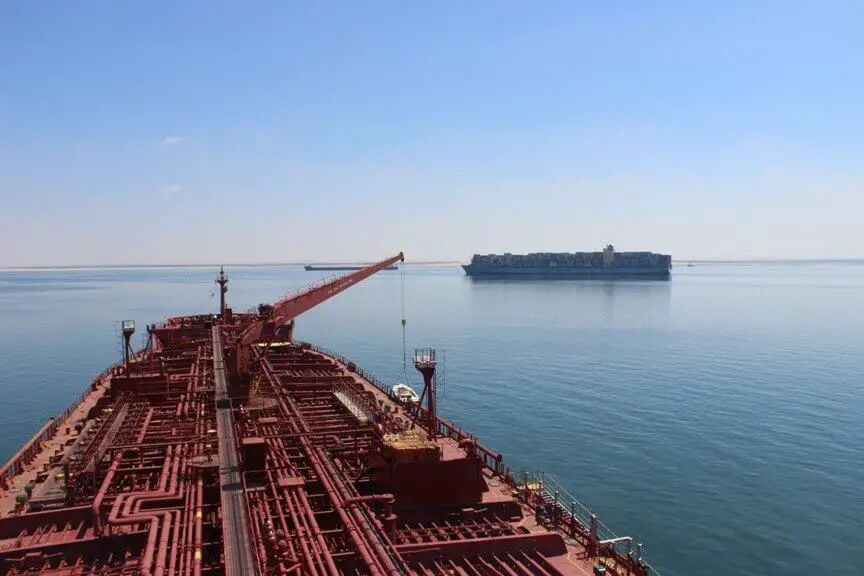Ship Handling and Maneuvering is defined as the art of proper control of a ship while underway, especially in harbours, around docks and piers. It is one of the skills that any ship handler finds very satisfying when well accomplished. The most basic thing to be understood in ship handling is to know and anticipate how a ship behaves under all circumstances and what orders should be given in order to make the ship behave and move exactly the way you want her to. The difference between the ships' heading and the actual direction of movement of the ship should also be constantly attended to as … [Read more...]
